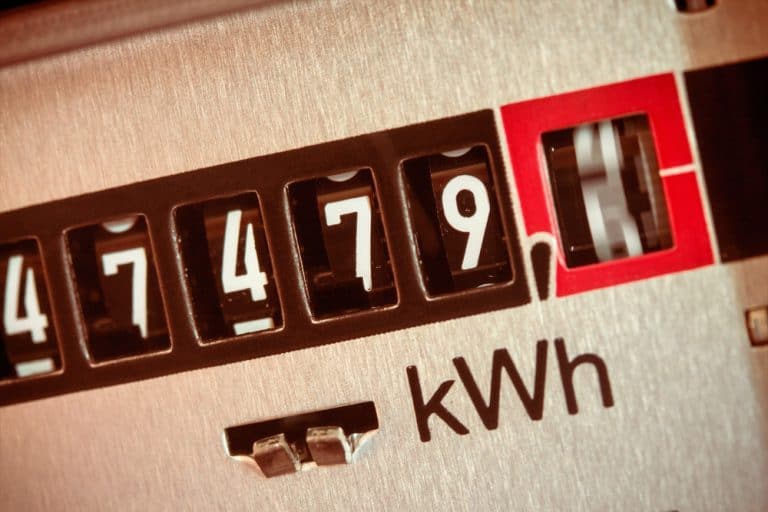The Difference Between Solar Generation and Utility Credited Solar

Often people install solar because of the savings rather than the environmental benefits. It is for this reason that people become upset when their Utility and monitoring app show different numbers.
There is, however, a logical explanation behind the difference in these numbers. This difference is better understood when you take a look at how each measures your solar production.
What the Utility Monitors with their Meter
There are several different metering devices to choose from. Which one that is best for your situation may vary. The basic principles, however, of how they calculate solar energy is the same.
Customer Energy Use
Because solar arrays can’t produce power at night most people use the grid as their backup. Solar customers without battery backup pull energy off the grid at night and during inclement weather. Your utility’s metering device logs all the energy that you have pulled off and put on the grid.
Customer Solar Production Calculation
Most solar companies take this into account, and design solar arrays to overproduce when the sun is out. This allows them to offset the energy that you have to pull off the grid when the sun isn’t shining.
How Solar Monitoring Apps Measure Energy
Solar monitoring apps, however, don’t measure how much energy you have pulled off the grid. They instead show you the overall performance of your array.
Total Solar Array Production
solar monitoring apps are connected to the solar inverter. These apps track the performance of the array and allow the solar company and customer to better diagnose possible issues.
Why There is a Solar Production Difference
The Monitoring app, however, doesn’t keep track of solar energy un-used that day, nor how much energy was pulled off the grid. Because solar monitoring apps and the utility measure different things their numbers will never match. Monitoring apps are meant to help oversee panel and system function, not to compare against your utility bill credits.
What Makes Solar a Good Choice
Whether solar is a good option is dependant on your home and area. Homes fit for solar not only have available unshaded space but beneficial state incentives and policy.
State Solar Policy’s Role in Solar
A state with good solar policy encourages utilities to make residential solar easier to acquire. These policies punish utilities for not meeting renewable energy standards that have been set by the state. This is often done through renewable energy standards and solar cave outs.
Solar Incentives Play a Big Part Too
State and Federal incentives account for a large portion of the cost of solar. Available incentives depend on your state and type of solar installation.
Once you have determined what solar policy and incentives your state provides you will know if solar is worth looking into. Go Solar Group currently services San Antonio, Texas; Reno, Nevada; and Utah. We do not service areas that have been deemed unprofitable to the customer.



Send a Message
Oops! We could not locate your form.